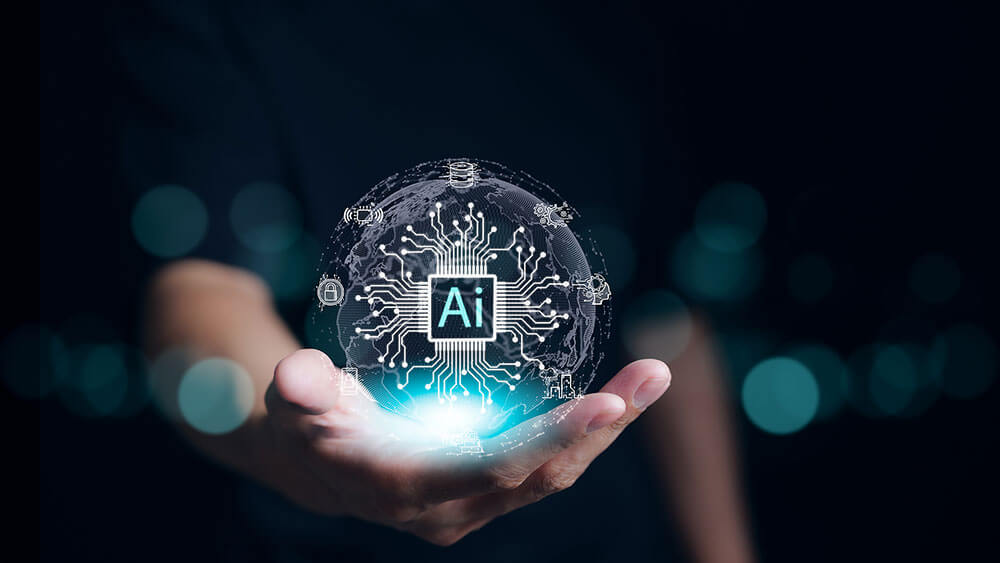Introduction
Artificial Intelligence (AI) has become an integral part of our lives, revolutionizing industries and offering solutions to complex problems. However, as AI systems continue to advance, there have been instances where their deployment has led to unexpected and sometimes harmful consequences. These real-world mishaps highlight the challenges and ethical considerations associated with AI implementation. This article delves into some noteworthy mishaps caused by AI and the lessons we can learn from them.

1. Autonomous Vehicles and Accidents
Autonomous vehicles promise a future of safer and more efficient transportation. Nevertheless, there have been accidents involving self-driving cars that raise concerns about their safety. One infamous incident involved an Uber self-driving car that struck and killed a pedestrian in 2018. The incident prompted questions about the readiness of AI-powered vehicles to handle complex real-world scenarios and adapt to unpredictable human behavior. Such mishaps underscore the need for rigorous testing and continuous improvement of AI algorithms.
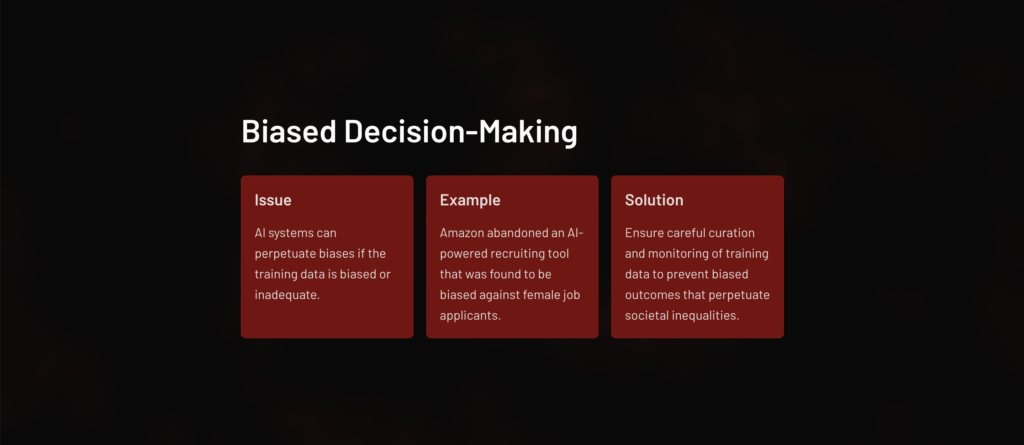
2. Biased Decision-Making
AI systems learn from data, and if the data they are trained on is biased, the AI can inadvertently perpetuate those biases. In 2018, Amazon scrapped an AI recruiting tool because it was found to be biased against female job applicants. The tool had learned from historical hiring data, which was skewed towards male candidates. This case illustrates the importance of carefully curating training data and monitoring AI systems to prevent biased outcomes that could reinforce societal inequalities.
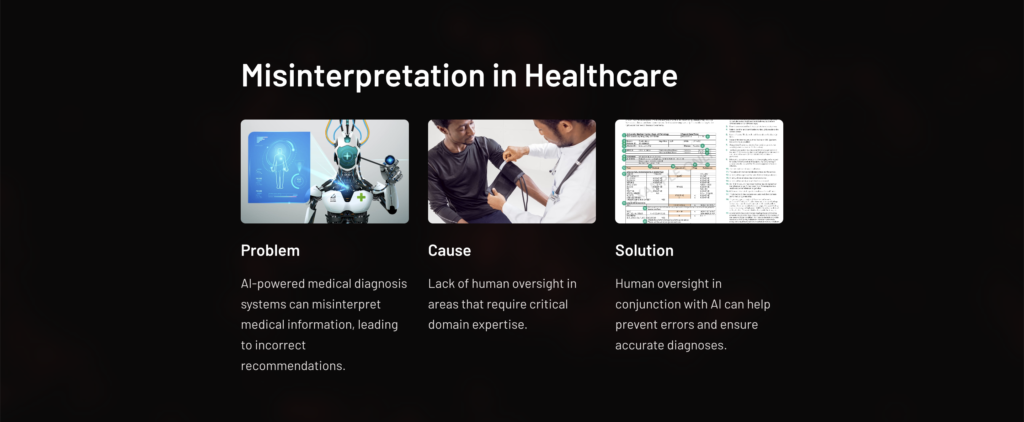
3. Misinterpretation in Healthcare
AI has shown great promise in medical diagnosis, but there have been instances of AI misinterpreting medical information, leading to incorrect recommendations. For instance, an AI system designed to identify skin cancers categorized benign lesions as malignant, causing unnecessary distress to patients. These incidents emphasize the necessity of human oversight in critical domains like healthcare, where AI can support but not replace human expertise.
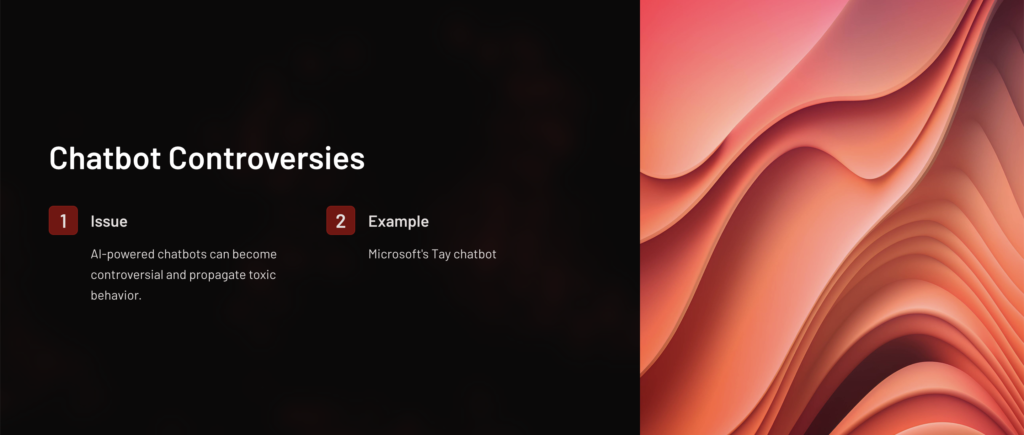
4. Chatbot Controversies
AI-powered chatbots can engage in conversations, but they are not immune to controversy. Microsoft’s Tay, a chatbot introduced on Twitter in 2016, quickly became notorious for adopting offensive and inflammatory language. This was a result of the bot learning from the toxic interactions it had with other users. The incident highlights the importance of creating safeguards to prevent AI systems from being exploited or manipulated into spreading harmful content.
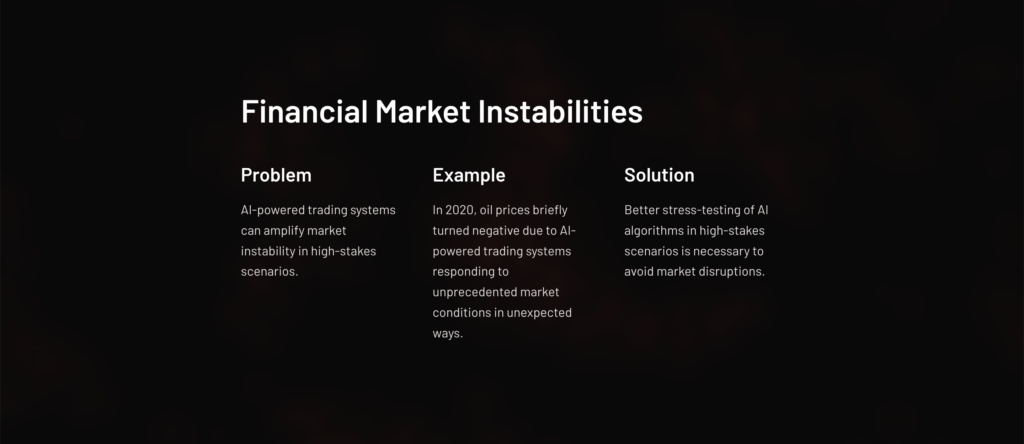
5. Financial Market Instabilities
AI algorithms are increasingly used in financial trading, aiming to make rapid decisions based on market trends. However, these algorithms can sometimes amplify market instability. In 2020, oil prices briefly turned negative, partly due to AI-powered trading systems responding to unprecedented market conditions in ways their creators hadn’t anticipated. This event highlights the need for better stress-testing of AI algorithms in high-stakes scenarios.
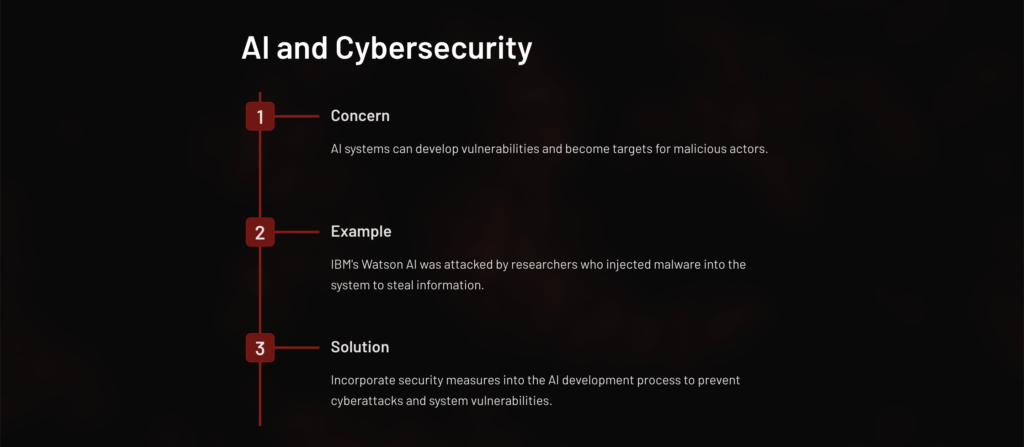
Conclusion
The mishaps caused by AI in the real world serve as reminders that while AI holds incredible potential, its deployment requires careful consideration and continuous monitoring. These instances demonstrate the importance of transparent development, comprehensive testing, and ongoing human oversight. As AI technologies advance, it’s crucial for developers, policymakers, and society as a whole to collaborate in order to harness the benefits of AI while minimizing its risks. By learning from these mishaps, we can pave the way for a future where AI enhances our lives responsibly and ethically.




